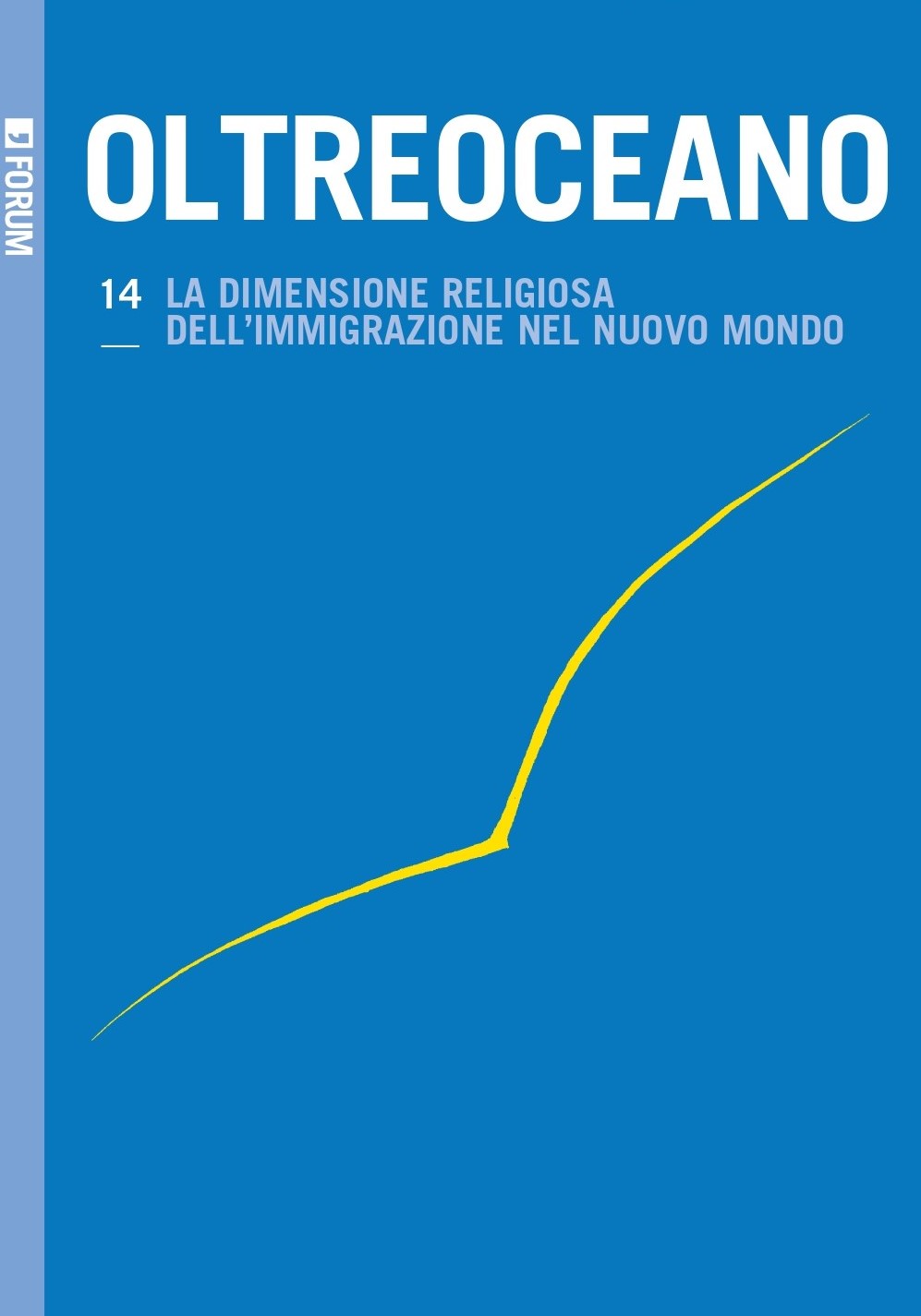No. 14 (2018): The Religious Dimension of Immigration in the New World

This volume examines how the spread of religion through the evangelizing work carried out by missionaries and their cultural and educational activities can be considered from different perspectives, namely as an obstacle or stimulus to social mobility; as a mere talisman devoid of any ethical principles but capable of upholding adversities; as a trigger for narratives on cultural and identity aspects of the ‘old’ homeland; and as a tool through which to accept new doctrines necessary to (re)define the idea of nation and culture in integrated migrant communities. Despite their geopolitical differences, North, Central and South America are similar in the way in which they refounded their religious dimension. The transfer of religious cults and practices beyond national and cultural borders forged an idiom which clearly carries the traces of the migratory experience and which is open to both colonization and the opposite, that is, to ethnic tensions and battles and to nationalizations. Religion is thus a useful tool through which to understand migratory dynamics which converge in the encounter between indigenous and western religions and which give rise to a fertile cultural syncretism, which is not devoid of conflicts. As the title suggests, the volume comprises contributions on a broad variety of aspects as it attempts to discuss the topoi of this specific literary phenomenon.












